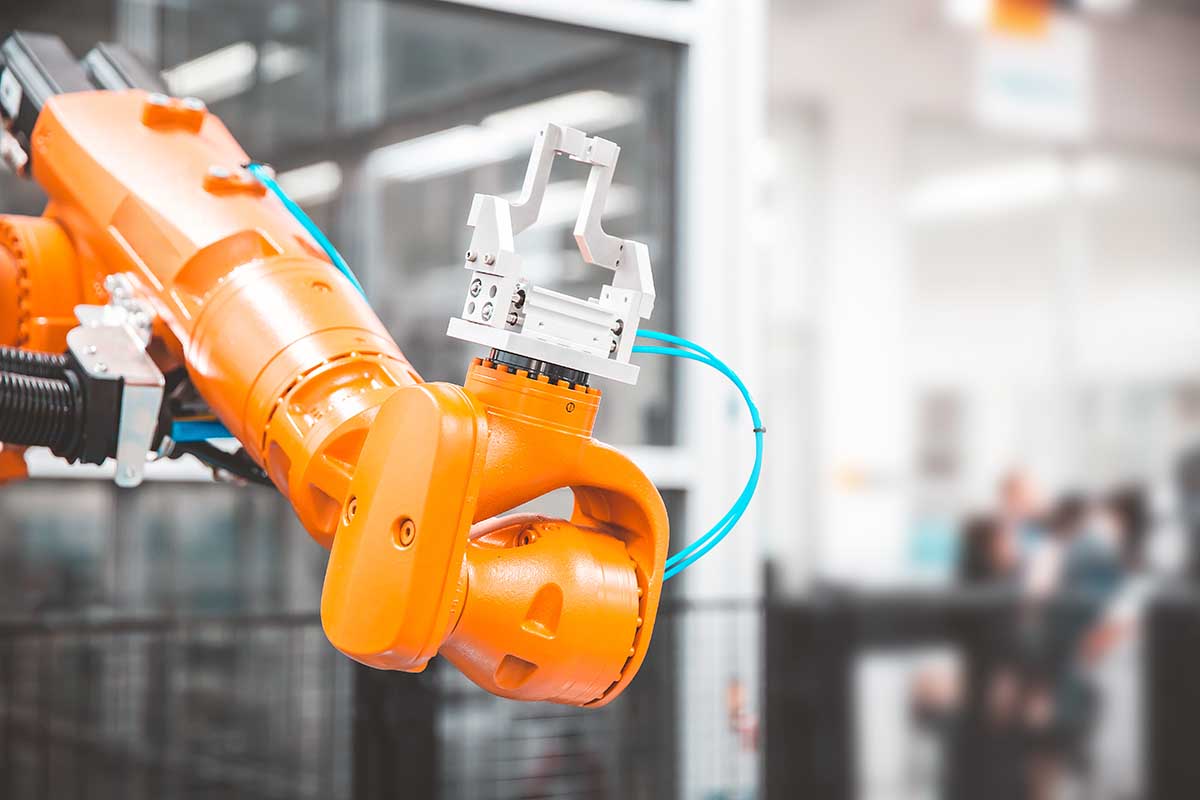Automated Liquid-Handling Robots – The Future is Here
- Enhanced Efficiency: Fully automated liquid-handling robots boost productivity and eliminate human error, making lab processes like dispensing, mixing, and transferring liquids more precise and efficient.
- Integrated Calibration: High-resolution camera calibration ensures accuracy, while Python-based software scripting simplifies setup and operation. This integration streamlines workflow and improves overall lab efficiency.
- Minimal Maintenance: Designed for minimal maintenance, these compact robots save time and reduce lab downtime. Features like closed-loop axis control and interchangeable pipette heads ensure consistent performance.
The science sector is reaping the benefits of digital technology and commercial labs are under heavy pressure to deliver and use cutting-edge machines and equipment.
In this short article, we take a look at the latest liquid-handling robots and some of the features they bring to the table.
Automated liquid handling
Technology never stops developing and the latest family of liquid-handling robots are fully automated, with precise dispensing, mixing and transference of liquids.
This eliminates human error and boosts productivity, essential in this highly competitive business arena.
Integrated camera calibration
State-of-the-art calibration using a hi-res camera maintains accuracy and ensures robot calibration and setup.
If you would like to check the specifications of a robotic liquid handler, start with a Google search to find Australia’s leading supplier of liquid handling systems, watch a demo video, and download product specs.
Automation
Automating essential processes is a game-changer; processes such as:
- Normalization;
- qPCR;
- Cherry picking;
- Pooling;
- Liquid transfer.
More complex operations include:
- NGS library preparation;
- Cell media washing;
- Determining concentrations.
Setting up the equipment has never been this easy, with Python-based software scripting from an easy-to-use interface.
Minimum maintenance
Lab downtime costs money, so the top-of-the-range liquid handling robots are designed to work with minimum maintenance.
Your lab is ready to work at all times, and you won’t have to worry about servicing; this is one of the main reasons lab managers prefer to use such equipment, which is light and takes up about 2 square feet of floor space.
Click here for a few smartphone hobbies that might excite you.
Closed loop axis control
This ensures an amazing level of accuracy, and it relies on optical encoders and advanced pathway planning. Single calibration positioning really does save time and ensures accurate tip positioning, with 384 well plates.
Interchangeable pipette heads save time with calibration and alignment, as each head has its own calibration, which means you only do it one time per exchange.
Integrate with a Mic cycler
It is now possible to integrate a liquid handling system with a Mic cycler for qPCR; both machines can be controlled by a single interface, which is a game-changer.
This means you can set up, run, and analyze all your experiments from a single location.
There are also simplified solutions for NGS library preparation, bead clean-up, normalizations, dilutions, titrations, cherry-picking, and pooling.
Designed for lab processes
The state-of-the-art liquid handling robot is designed for all the processes a busy lab would have to handle, with interchangeable heads and a programmable interface that is easy to use.
Scientific standards are high, and any equipment must meet the stringent requirements set by the Australian government.




















